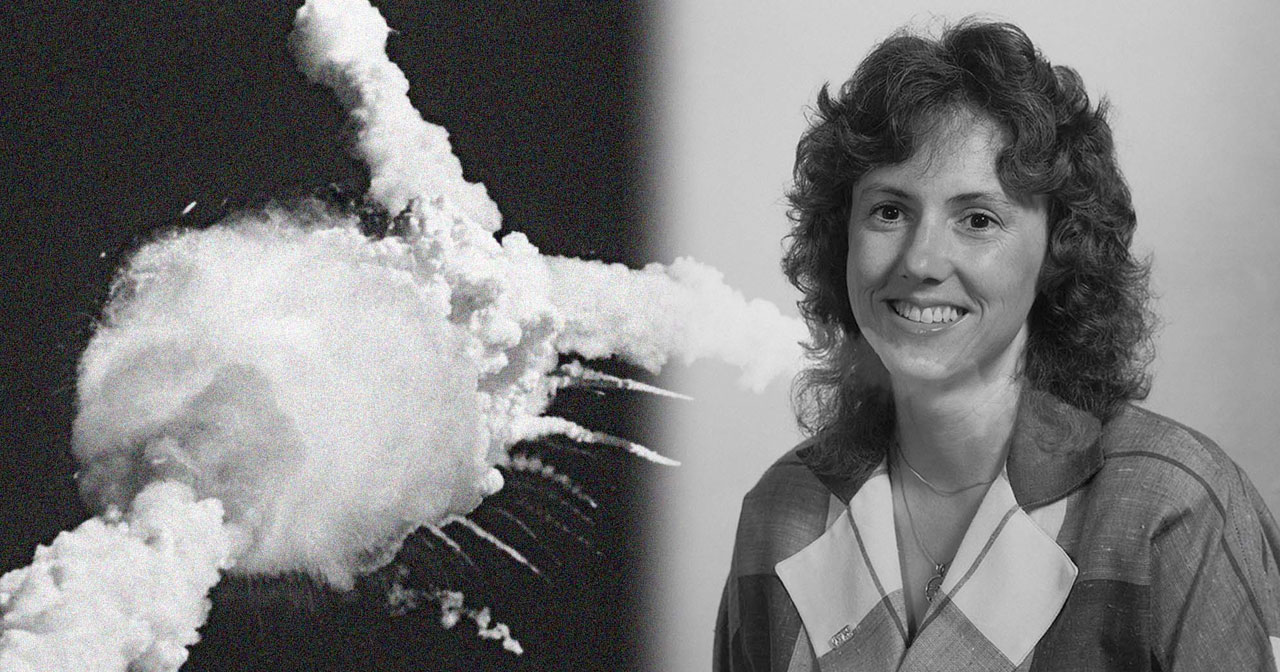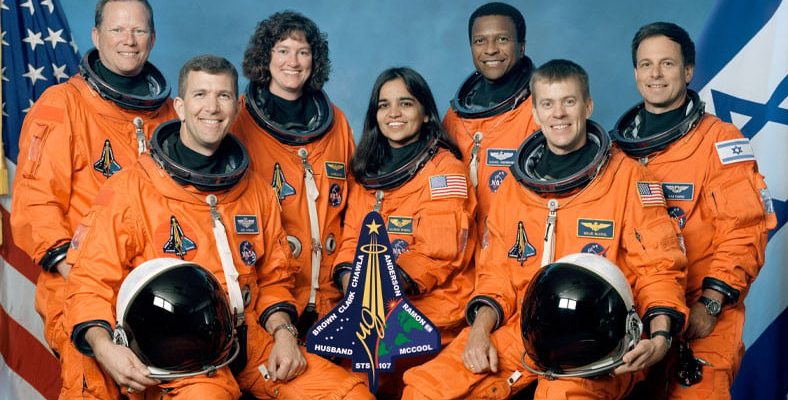NASA, the official government agency of the USA, made a statement confirming the number of deaths recorded in space missions to date. According to the agency, 3 of the 21 deaths were during missions to NASA and 2 to the Soviet Union. The reasons were also given.
It is very difficult to understand and make sense of what happened 60 years ago today, when space travel has begun to have a touristic value. During the Cold War years The USA and the Soviet Union, which carried the competition on the front to Earth orbit; meanwhile, it embarked on a fierce competition through reason, science and intelligence to become the first country to reach space and then the Moon, spending mind-boggling amounts of money.
Today’s space technologies, even the inventions that made those journeys possible, are still in our lives. Smartphones, which are indispensable in our daily lives, high-speed wireless connections that can download 4K quality movies in minutes with a wireless connection… So what was the cost of all this? From the beginning of the space competition, which has pushed the limits of the highest technology humanity has ever seen, to the present day. how many people died?
The answer to our questions is contained in the statements made by Nigel Packham, NASA’s Deputy Director of Mission Assurance:
Packham, so far In 3 missions performed by NASA And In 2 missions performed by the Soviets total 21 people confirmed that he passed away. Of course, this number does not include the so-called missions and losses of the Soviets, which were recorded and especially kept the work like a state secret, and which were said to have been done without the world public’s knowledge, and which were often used as a tool for conspiracies.
So, for which missions did these people who lost their lives in space take these dangers, what were the mistakes that caused their deaths?

US Teacher Christa McAuliffe would have been the first civilian to go into space if the rocket launched in 1986 had not exploded.
Jim Hermanson, from the University of Washington, said in a statement that ‘accidents are often caused by unexpected circumstances, equipment failures, human errors, and even policy and management issues’; in some cases these combination in case of stated to have happened.
Of course, this is a pretty superficial explanation when it comes to all deaths. But we understand that in the era of space competition, states are not just spies for rivals. their own scientists, pilots, astronauts or cosmonauts. They also applied pressure.
73 seconds after the Challenger launch in January 1986, the rocket exploded together with the space shuttle on it, and 7 people inside were buried in the sky:
After this event, NASA tightened its safety belts in space studies and evaluated that perhaps it would not be so logical to pursue victory against the disintegrating Soviets.
The cause of the accident was at the Cape Canaveral spaceport where the rocket took off. it was unexpected cold weather conditions. For this reason, flexibility problems were experienced in some parts of the rockets and these problems could not be eliminated when the rocket took off. The fuel tank of the rocket, which leaked a large amount of gas, caught fire and was shattered by a huge explosion. However, an administrator who saw the cold weather conditions could prevent the take-off and prevent the deaths of people.
Another fatal space accident occurred more recently, in February 2003. The Columbia spacecraft had actually taken off without a hitch… But it exploded during reentry:
When the cause of this disaster, in which all 7 crew members lost their lives, was investigated, it was seen that the stages of entry into the atmosphere were not sufficiently understood and the problems that could be experienced during the transition from space to the atmosphere were underestimated. Also, during launch, the surface of the Columbia capsule damage in a small area had occurred. However, after launch, the rocket was allowed to carry the shuttle into space. Again, as in the previous disaster, this could be prevented by a damaged administrator, and people could not die.
Other fatal space accidents also occurred as follows:
Apollo 1, the year is 1967. The rocket explodes on liftoff from the ground. Below are the final speeches of the 3 astronauts inside the cockpit:
Soyuz 1, again in 1967, this time in Russia. The Soviet rocket opens its parachutes to slow down as it descends, but unfortunately it does not open, the only cosmonaut Vladimir Komarov dies:
In 1971, the Soviets built the first space station in history, the cosmonauts they sent with the Soyuz 11 mission spent 3 weeks in space. They would turn smoothly, but with the pressure drop of the vehicle they were turning, they could not see the earth again:
This accident has been recorded as the only fatal accident that occurred outside the Earth’s atmosphere. In other words, a total of 21 people have lost their lives in space missions to date, and 3 people have lost their lives outside the Earth, that is, in the space environment.
